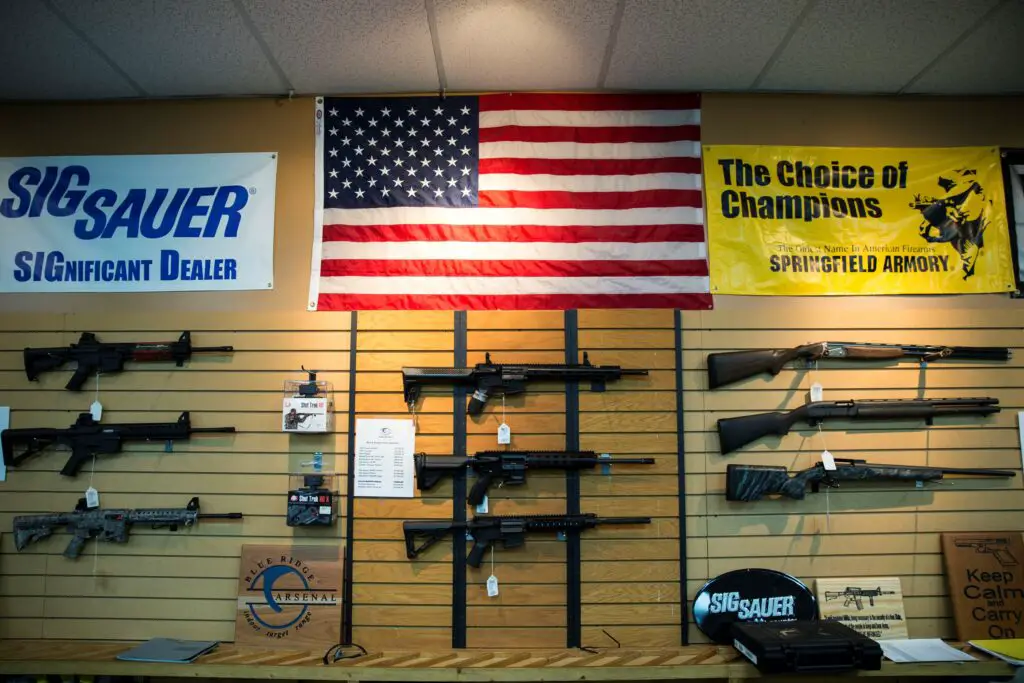
Firearm stats – ever been curious about what the numbers really tell us? Well, you’ve come to the right place. In this article, we’ll take a closer look at firearm statistics, trends, and analysis. We’ll break down every piece that makes the puzzle.
Knowing this stuff isn’t just great for trivia night, it’s a game-changer for a safer tomorrow. So, buckle up, and let’s jump into this together!
Importance of firearm statistics and of analyzing trends and patterns
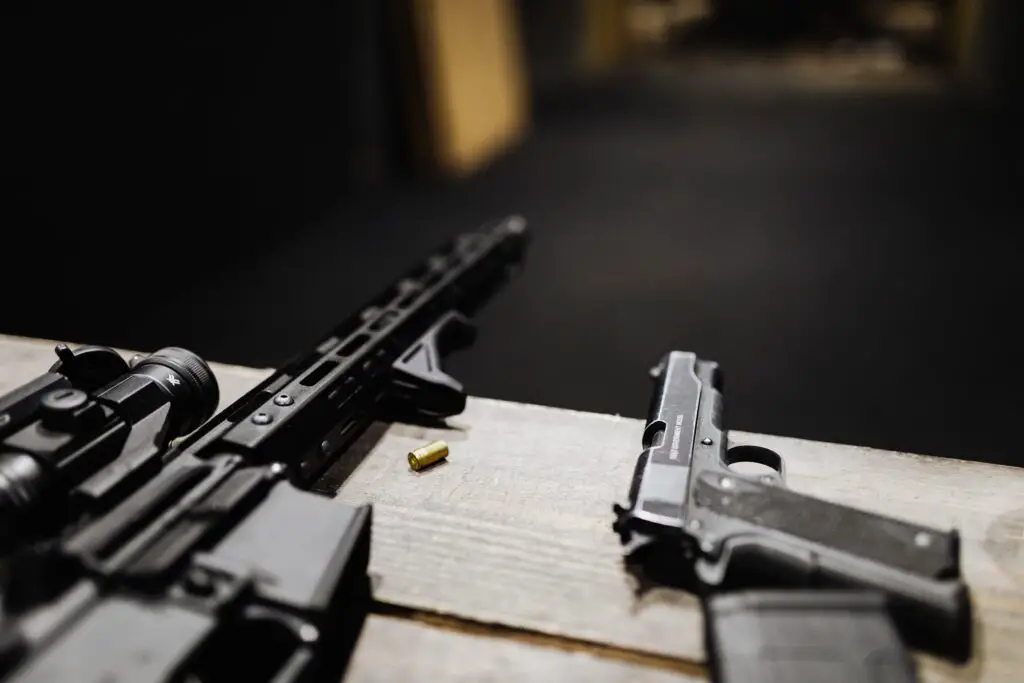
In today’s world where data is king, getting the lowdown on gun stats and trends is a big deal for making smart choices and building solid plans. Here’s why they’re a must-know:
- Smart Choices: Gun stats give us the real deal for making decisions on gun rules, public safety moves, and how the police roll. Spotting trends helps us see where things are going wrong, check if what we’re doing is working, and come up with solid fixes.
- Making Rules: By knowing how many folks own guns, how often things go sideways, and what’s causing the drama, the big decision-makers can create rules that really make a difference and keep us safe.
- Where to Focus: Spotting places with more issues or folks who are more at risk helps put resources, like education or police efforts, right where they’re needed most.
- Finding the Real Issues: Gun stats shed light on the real reasons behind gun problems. Looking at trends helps spot things like which neighborhoods, age groups, or other factors play a part in gun issues.
- Are We Doing Good?: By keeping an eye on gun stats and trends, we can see if the rules and steps we’re taking are really working out.
Exploring Firearm Statistics
Overview of firearm ownership and distribution
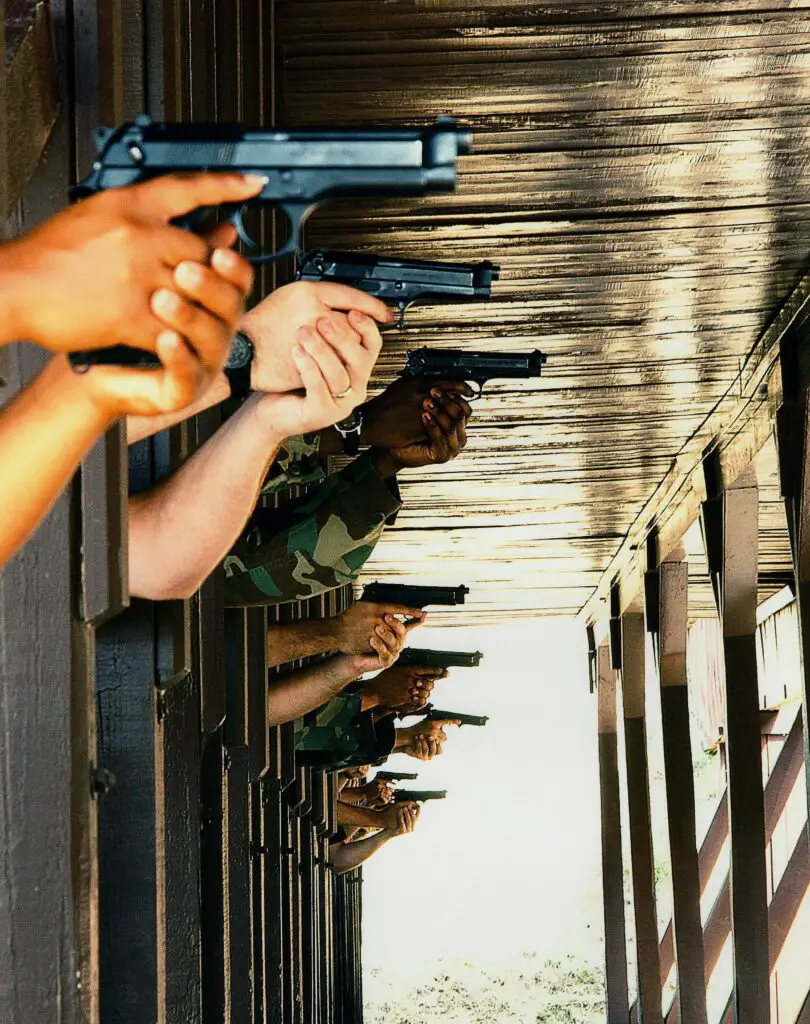
The Small Arms Survey says that out of the one billion guns around the world in 2017, civilians owned about 857 million (or 85%), the military had 133 million (13%), and the police owned 23 million (2%). Research indicates there’s been a rise in the global gun count over the past ten years, mainly because civilian ownership jumped from 650 million in 2006 to 857 million in 2017.
1. United States
The United States has one of the highest rates of civilian firearm ownership in the world. In 2017, approximately 393.3 million firearms were owned by Americans (both legal and illegal).
In fact, it has the highest per capita gun ownership rate in the world. It’s worth noting that while many Americans own guns, a smaller percentage own a large number of them, which boosts the overall numbers.
The Second Amendment of the U.S. Constitution guarantees the right to bear arms, and as a result, firearms are prevalent across various demographics.
“A well regulated Militia, being necessary to the security of a free State, the right of the people to keep and bear Arms, shall not be infringed.”
2. India
India ranks high in the number of privately owned firearms, primarily due to its vast population. Despite the estimated ownership of 71.1 million, many firearms are still unregistered.
India has strict gun ownership laws. A civilian needs to undergo a detailed application process to legally own a firearm, proving a “real threat” or necessity for a firearm.
3. China
China’s gun control regulations are some of the strictest in the world. Civilians are generally not allowed to own guns. Exceptions exist, but they are rare.
But, similar to India, China ranks third in civilian gun ownership rate worldwide (49.7 million) because of its huge population.
4. Pakistan
Pakistan has a significant number of guns in civilian hands. It’s estimated to be around 43.9 million.
Guns are deeply embedded in some local cultures and traditions in Pakistan. In some areas, displaying firearms at celebrations is common. However, there are also concerns about the role of firearms in internal conflicts and criminal activities.
5. Russian Federation
The Russian Federation has civilian gun ownership of 17.6 million. Note that it’s significantly lower than in countries like the United States.
Hunting is one of the primary reasons civilians own guns in Russia. The legal process for civilians to own firearms in Russia is stringent. Handguns are generally banned for civilian ownership. Civilians can own shotguns and, after five years of shotgun ownership without legal issues, can purchase a rifle.
References: Small Arms Survey
Global and regional comparisons of firearm-related data
Firearm-related Incidents and Fatalities
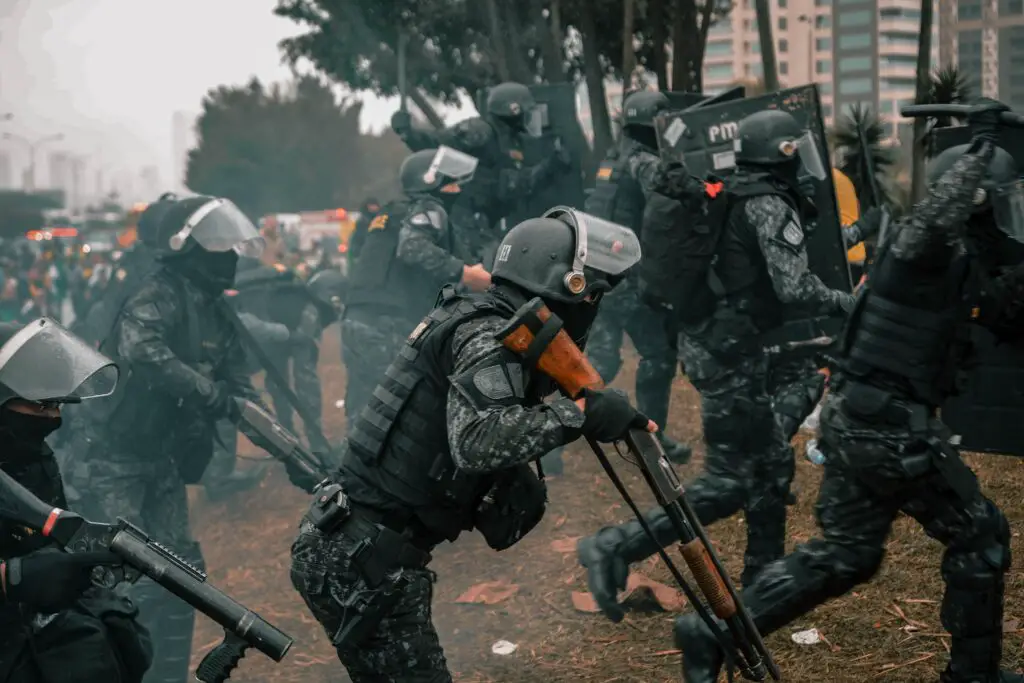
- Globally, gun incidents vary like crazy. The US, for instance, tends to top the charts (and not in a good way). But then, there are places like the UK and Japan where gun incidents are rare.
- There are areas that, unfortunately, report a rise in gun-related events, especially if there’s political unrest or skyrocketing crime rates. On the flip side, other places have happily watched these numbers drop.
- Not all firearm-related incidents are homicide cases. Some are tragic accidents and suicides.
- In many places, tighter gun laws do seem to equate to fewer incidents. Take Australia, for example. After the shocking 1996 Port Arthur incident, they tightened up their gun laws big time, and the numbers show a decline in gun-related mishaps.
- On the other hand, the Swiss have assault rifles in every house and very little gun crime.
- And in Chicago, with some of the strictest gun laws in the nation, the city regularly sees weekends with 50 murders.
- Culture, the will to enforce these laws, and educating folks. All of these play a major role in how gun laws are effective in real life.
Demographics and Firearm Statistics
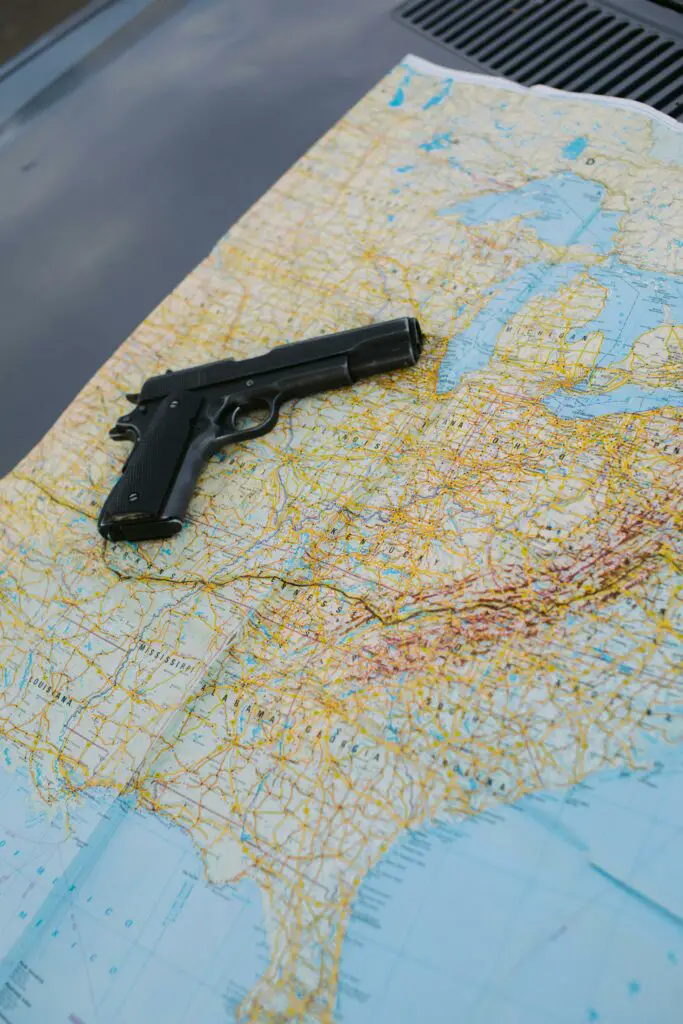
Demographics are a systematic way of categorizing folks based on factors like age, gender, race, income – you get the gist.
Not everyone’s packing heat in the same way. For instance, in many countries, rural areas tend to have higher gun ownership rates due to hunting traditions or livestock protection.
Urban settings? Not as much, but for various reasons, from tighter regulations to a different set of needs and priorities.
Ownership Among Different Groups
Age Matters: Typically, older folks tend to own firearms more than the younger generation. Maybe it’s nostalgia, or perhaps it’s just having more time to hunt or shoot recreationally.
Gender Gaps: In most places, men are more likely to own guns than women. However, in recent years, some countries have reported a surge in female firearm enthusiasts.
Cultural Connections: Ethnic and cultural backgrounds can influence gun ownership. In some cultures, having a firearm might be a rite of passage or a deep-rooted tradition.
Socioeconomic Factors
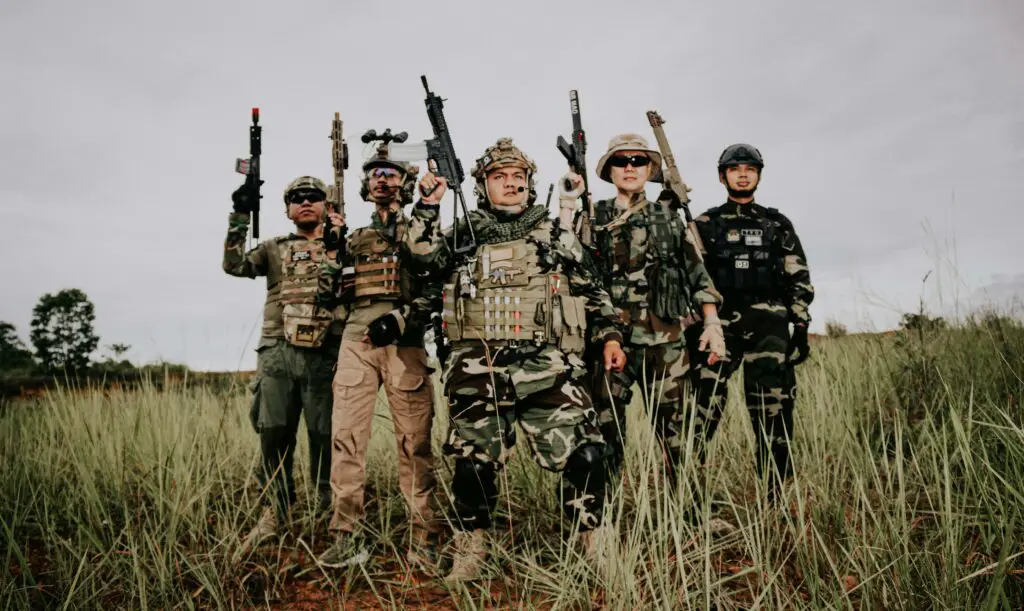
Money and social status – do they affect gun violence? Definitely.
Lower socioeconomic areas often grapple with higher rates of gun violence. Studies also show that “income inequality was strongly correlated with firearm violent crime.”
Why? A mix of factors – from gang activity to fewer resources for law enforcement and community programs.
Education’s Role
Stats often show that areas with higher education levels tend to have lower incidents of gun-related crimes. More knowledge often leads to better job opportunities and fewer reasons to resort to crime.
References: PubMed, Justice Policy
NFA Firearm Ownership
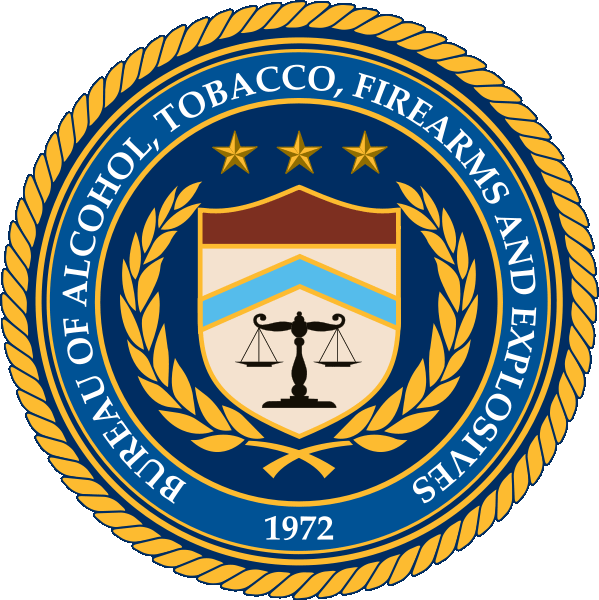
In the US, the Bureau of Alcohol, Tobacco, Firearms and Explosives (ATF) is in charge of regulating firearms and other types of weapons.
According to ATF regulations, “an individual who is not prohibited by federal, state or local law from receiving or possessing firearms may lawfully obtain an NFA firearm in one of two ways:
- An approved transfer of a registered NFA firearm from its lawful owner, which requires ATF Form 4, Application for Tax Paid Transfer and Registration of a Firearm; or,
- An approved making of an NFA firearm, which requires ATF Form 1, Application to Make and Register a Firearm.”
Reference: ATF
Gun Purchase Data Before and After the Pandemic
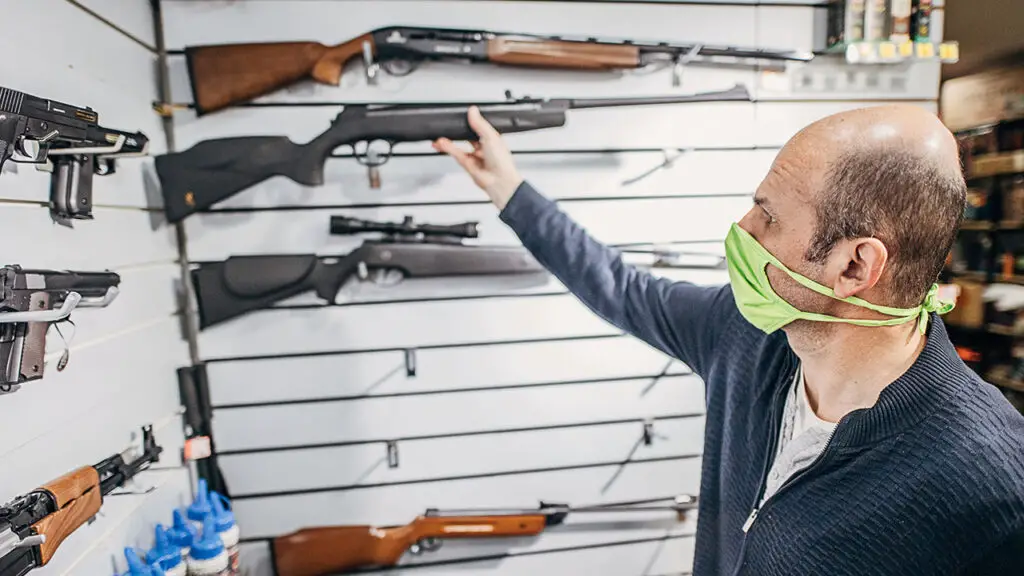
Before the pandemic, buying a gun was simple and straightforward. You’d stroll into a gun store, fill out some paperwork, maybe go through a background check, and bam, you’re a proud gun owner. But when COVID-19 hit, everyone wanted to pack heat.
In 2020, background checks for firearm purchases skyrocketed. A study shows that almost 21 million Americans bought guns in 2020. That’s 8 million more than the previous year.
In 2021, as COVID-related health protocols easened, there was also a decline on gun purchases.
This year (2023), 11 million guns have been sold so far. This is based on the estimates by The Trace, a news organization that tracks gun violence.
| Year | Number of Guns Purchased |
| 2017 | 14,227,494 |
| 2018 | 13,207,515 |
| 2019 | 13,265,468 |
| 2020 | 21,799,813 |
| 2021 | 18,868,921 |
| 2022 | 16,550,340 |
| 2023 | 11,052,545 |
National annual firearms sales estimates downloaded from The Trace
References: New York Times, The Trace
Firearm Trends: Legal and Illegal Firearms
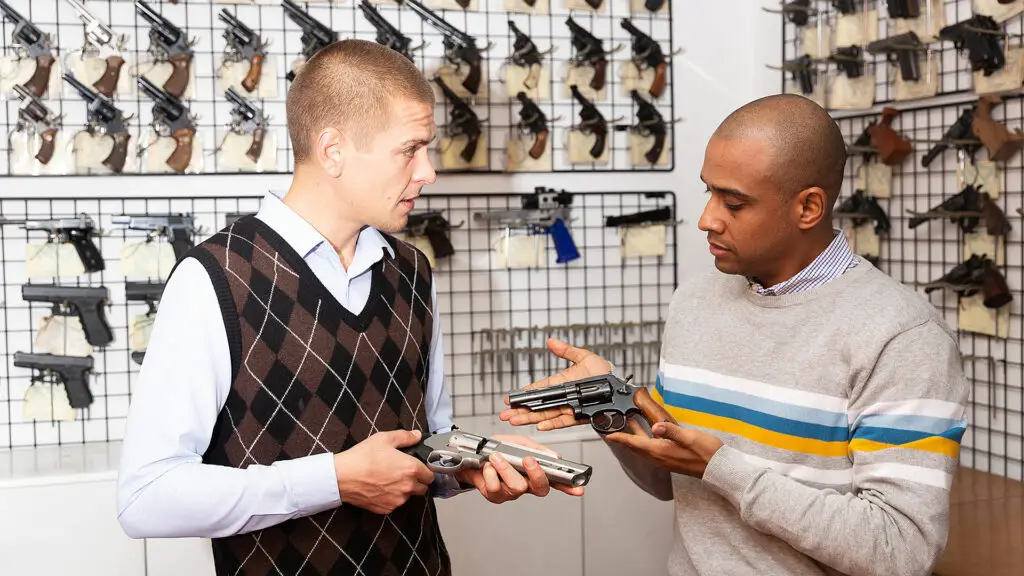
Guns, whether we’re talking about the ones bought at a store with all the paperwork or the ones that sneak around under the radar, play a massive role in global trends. Let’s break it down.
Legal firearm sales and registrations
Legal Sales on the Rise (or Not): Depending on where you’re at, legal gun sales can be booming or on the decline. Factors like changing laws, societal attitudes, or even big events can influence this.
For instance in the US, the number of NFA-processed firearms rose from 2,731,71 (2021) to 3,059,054 (2022).
Reference: ATF
Registration Revelations: Keeping track of who owns what can be a mammoth task. In places with strict gun registration requirements, it’s easier to get a bead on gun ownership trends and patterns.
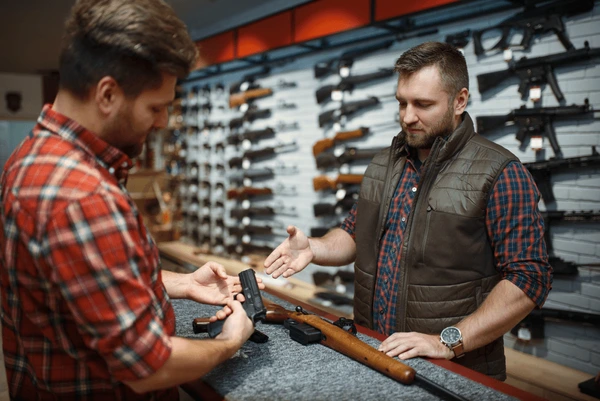
The Effect of Gun Control Laws on Firearm Trends
When strict gun control laws hit the scene, legal sales and registrations often see a shift. Sometimes it’s a dip, especially if there are bans or stricter checks in place.
But, There’s a Catch.
While some might assume tighter laws mean fewer guns overall, it’s not always that simple. Sometimes, it just pushes people to find… alternative methods of acquiring firearms.
Illegal firearms and their sources
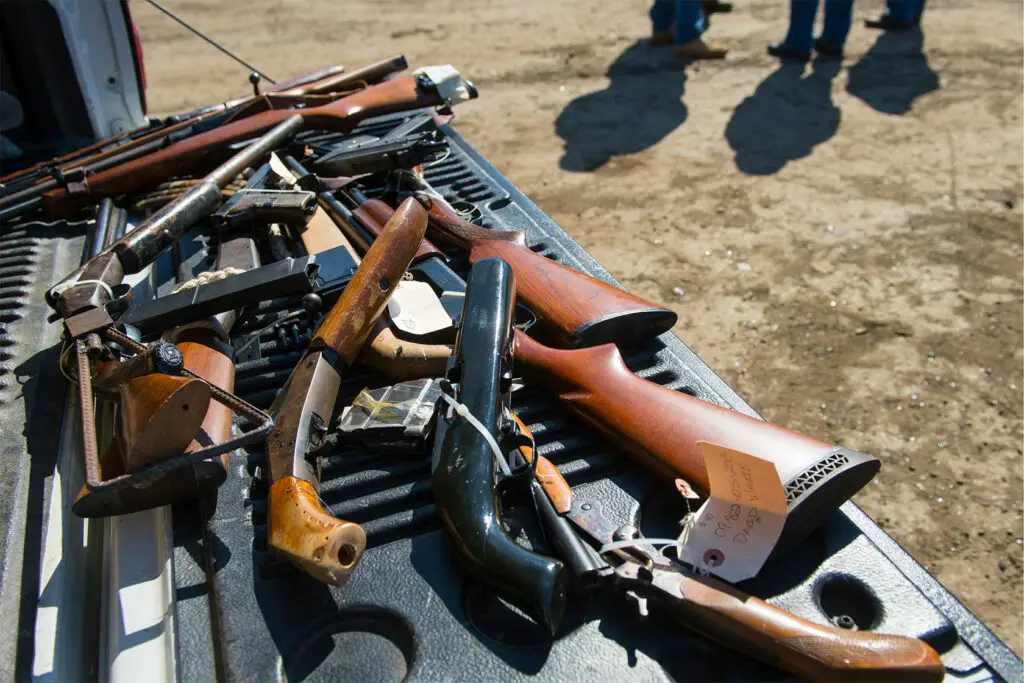
According to the ATF’s latest report, 1,922,577 crime guns have been traced by law enforcement agencies all over the United States from 2017 to 2021.
Illegal firearms can come from a host of sources – smuggled from other countries, stolen from legal owners, or even from factories producing them off-the-books.
Sadly, they also get trafficked across borders and continents, often alongside other illegal goods like drugs.
Some regions become hotspots for firearm trafficking due to conflicts, lax border controls, or high demand from organized crime groups.
Just like in the legal market, there are trends in illegal guns too. Some firearms are just more popular in the underworld due to their size, power, or ease of concealment.
Reference: ATF
Effectiveness of Different Gun Control Measures
When we talk about gun control, there’s no one-size-fits-all solution. Different places, different measures, and varying results.
Limiting Gun Ownership
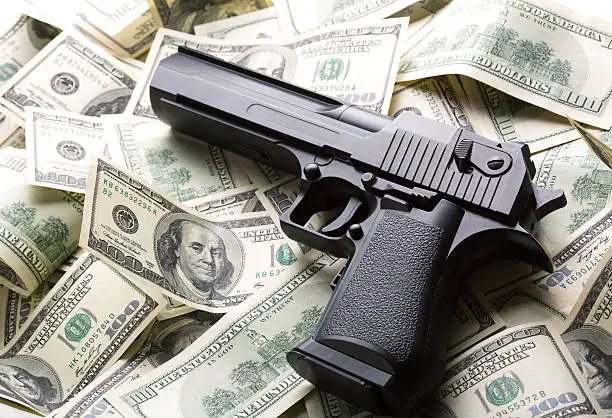
Countries across the world have experimented with gun ownership restrictions, as have states and cities.
To the contrary, gun ownership has increased over the last several decades in the US as violent crime has dropped by half.
One, for example, California has had background checks in place for decades and have had no significant impact on homicide rates. On the other hand, robberies and rapes drop in areas of high gun ownership.
Background Checks
Background checks are one of the most popular gun control measures. By making sure only those without violent histories or mental health issues get their hands on a firearm, many countries have seen a dip in gun-related incidents.
In the United States, for instance, the Brady Act was enacted by Congress in 1994. This law required background checks in every gun sale to limit firearm violence. Since it has been mandated, “approximately 4 million prohibited gun transactions” were prevented.
On the other hand, the NRA-ILA rather thoroughly tears down the notion that they help at all, saying that none of the mass shootings mentioned by President Barack Obama in a 2016 gun control speech or any since would have been prevented by more background checks.
A simple fact born out my tracing and also surveys of criminals confirm that most guns used in crimes came from the black market.
References: Brady United, RAND
Mandatory Training
Just like you wouldn’t hand car keys to someone without a driving lesson, some places such as Panama and Israel, require firearm training before ownership. It ensures the owner knows the ropes – safety, maintenance, and all that jazz.
References: Israel National News, Appa Panama
Bans on Certain Firearms
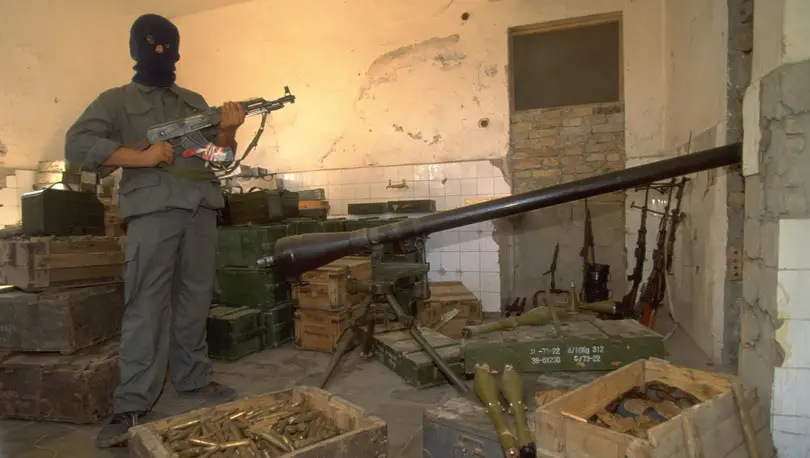
Some guns just pack too much punch. By banning high-capacity or automatic firearms, a few countries have seen fewer mass shootings. They’re making sure you can defend yourself without going overboard.
The ATF has a list of firearms and destructive devices that are restricted for importation. These are:
- NFA Firearms
- Surplus Military Firearms
- Nonsporting Firearms
- Nonsporting Ammunition
- Firearms from Proscribed Countries
Reference: ATF
Waiting Periods
Impulse buys are great for candy, not so much for guns. Waiting periods give potential buyers some cooling-off time, which can be crucial in preventing crimes of passion.
On the other hand, it’s clearly a hassle for law-abiding citizens.
Looking to purchase firearms legally? Find out where you can buy a gun online.
Buyback Programs
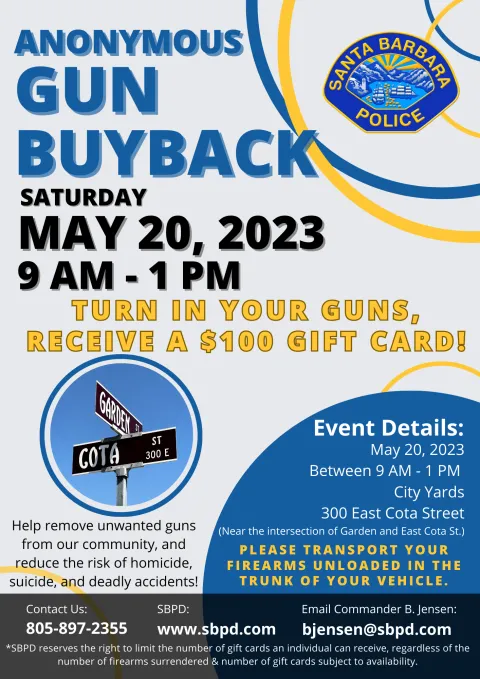
Some countries, like Australia, took an active approach. “Sell us your guns, and we’ll give you cash.” So far, it’s led to fewer guns in circulation, but it’s a bit early to draw conclusions on the outcome.
Reference: US Department of Justice
Conclusion
Breaking down firearm statistics is like piecing together a massive jigsaw puzzle. From seeing how different countries handle guns to how our backgrounds play a part, there’s a lot to take in. The more we get these insights, the better choices we can make. It’s all about being in the know, so we can figure out the best steps forward in the big, wide world of firearms.
